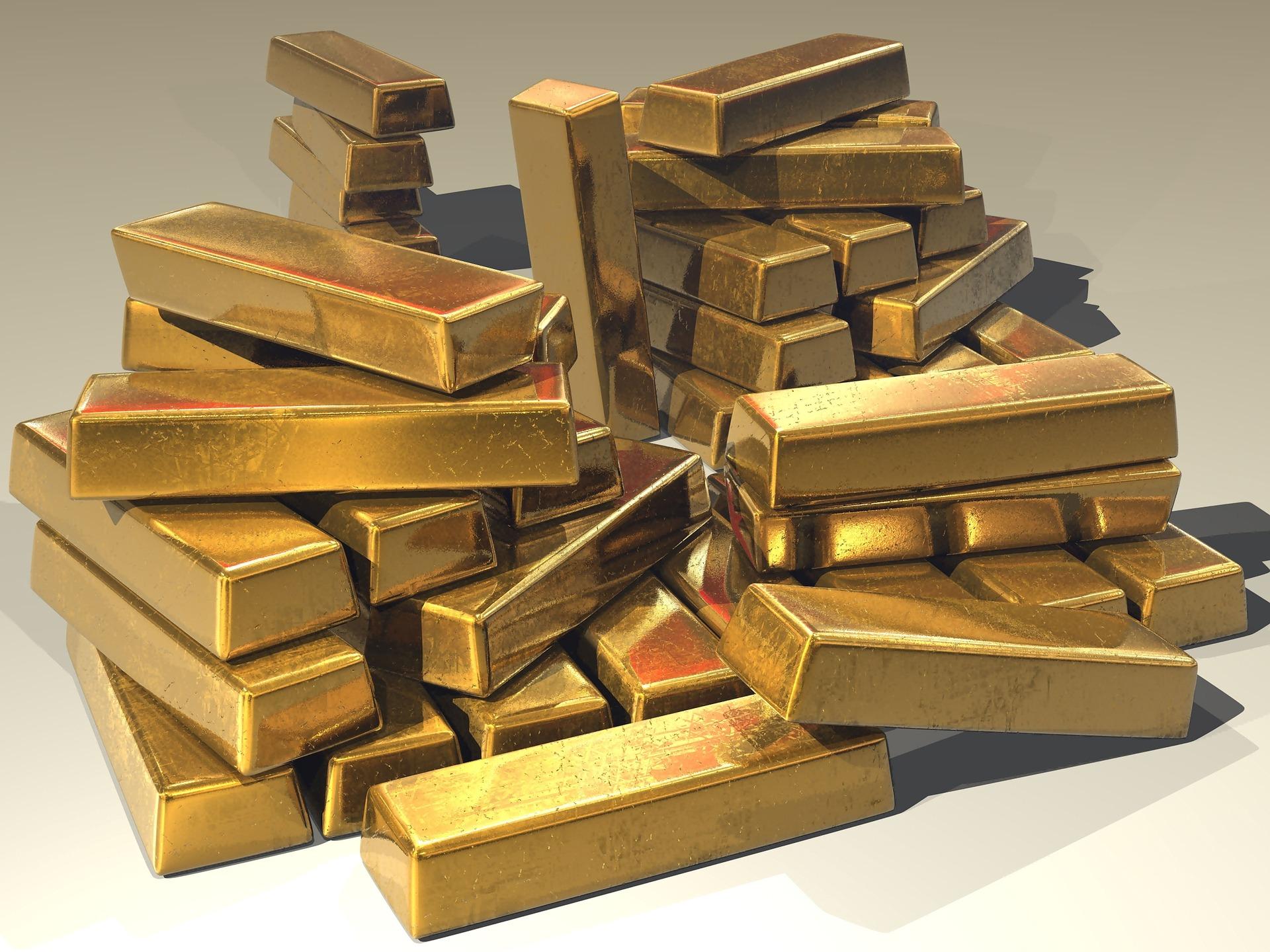
In India, gold is more than just a precious metal. It’s an emotion, a tradition, and one of the most trusted forms of saving. But in 2025, two opposing forces are pulling at the heart of India’s gold demand. On one hand, there is the hope of a better-than-expected monsoon, which can bring prosperity to farmers and rural India. On the other hand, record-high gold prices are making it increasingly unaffordable for the average buyer. This raises a crucial question: will both rural and urban India be able to sustain their appetite for gold this year?
According to the India Meteorological Department (IMD), the monsoon in 2025 is expected to be 105% of the long-period average. This bodes well especially for agricultural states in central and southern India, where rainfall is critical for rural prosperity. Historically, a good monsoon translates into increased agricultural income, which in turn boosts gold purchases in villages. For instance, in 2024, good rainfall and a successful Kharif crop led to significant gold demand in the third and fourth quarters. According to the World Gold Council, demand for gold jewelry stood at 459 tonnes in Q3 and 547.5 tonnes in Q4 of 2024.
However, this year, there is a new challenge—soaring gold prices. As of May 30, 2025, gold on MCX (Multi Commodity Exchange) reached ₹95,200 per 10 grams, compared to ₹61,200 per 10 grams in May 2024. This represents a massive 56% year-on-year increase. Such a steep rise is impacting rural buyers, who account for approximately 55% of total physical gold purchases in India. Experts believe that many rural consumers might now prefer exchanging or recycling old jewelry instead of making fresh purchases.
In contrast, urban India is witnessing a shift in gold-buying behavior. High Net Worth Individuals (HNIs) and retail investors are increasingly viewing gold not just as a traditional ornament but as a financial investment. Products like Gold ETFs, Sovereign Gold Bonds, and digital gold are becoming more popular among urban consumers. This marks a significant transformation, where the demand is shifting from jewelry to investment-based gold.
As India moves into the third and fourth quarters of 2025—typically the festive and wedding seasons—hopes are high for a demand revival. However, this depends on two key factors: a successful harvest and an increase in rural incomes. These elements are crucial to sustaining the demand momentum in the months ahead.
When it comes to the outlook for gold prices, expert opinions are divided. Some analysts believe that gold prices might correct further in the short term, especially due to the strengthening US dollar. On the other hand, several experts argue that in the long run, gold prices could climb even higher due to global inflation and persistent economic uncertainties. Some projections suggest that gold may reach $4,000 to $5,000 per ounce over the next five years, with a few even forecasting a possible rise to $8,900 per ounce by 2030.
Experts unanimously advise that gold should remain an integral part of any investment portfolio. It not only offers potential long-term returns but also acts as a safe haven during times of inflation and economic instability.
In summary, gold demand in India during 2025 may remain close to 2024 levels. While high prices pose a significant challenge, a strong monsoon and traditional buying occasions could help support demand. Whether gold continues to shine or loses some of its sparkle this year will depend on both the strength of the monsoon and the resilience of household budgets.
Disclaimer: This report is intended solely for informational purposes. Before making any investment decisions in gold, equity markets, or any other asset class, please consult with a certified financial advisor.




